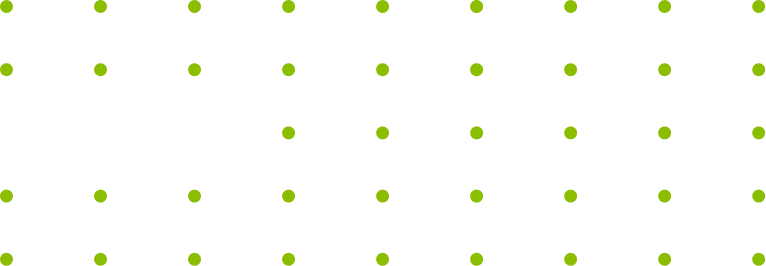Nose correction



The nose is one of the most visible and dominant elements of the fact of every person. An improper shape of the nose can significantly influence the appearance of the whole face.
Correction of the nose can satisfactorily resolve the related problems.
Correction of the nose, in other words called rhinoplasty is one of the most common plastic surgery treatments. Patients of all ages can benefit from it, provided that the development and growth of the nose is complete.
The operation can correct the shape of the nose, decreasing or increasing its size, modeling the nasal septum and nose tip, or regulate the too narrow nostril distance. A plastic surgeon may lengthen or shorten the nose, but in most cases, there is a comprehensive operation regulating the asymmetry in the area of the nose.
The classic course of the operation consists primarily on the separation of the skin from the nose, partial removal and possible modeling of the cartilage of the ala and the tip of the nose and, if necessary, removal of the hump and narrowing the bone of the nose.
The shape of the nose after the operation is secured and stabilized with plaster dressing. Tampons are inserted into the nostrils, they protect from bleeding. Patients with nasal tampons can breathe only through the mouth.
In the first days after the operation, swelling may occur, especially near the eyelids. The swelling may get worse with sudden body temperature changes. Small, local swelling can sustain for a few weeks of even months. A blocked nose may also appear for longer periods of time, which is caused by oedemas of the mucous membranes of the nose. The operated nose reaches its final shape one year after the operation.

